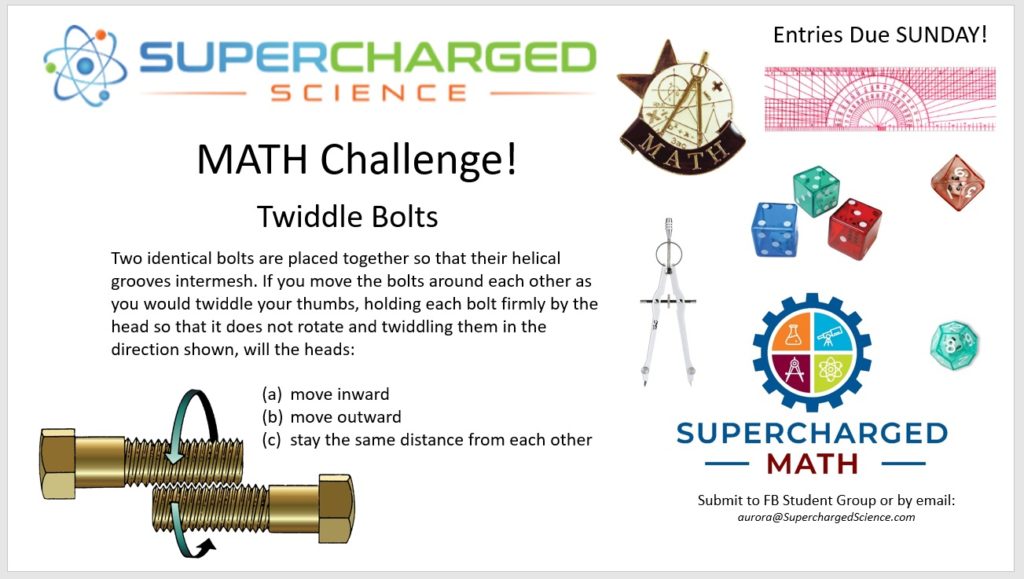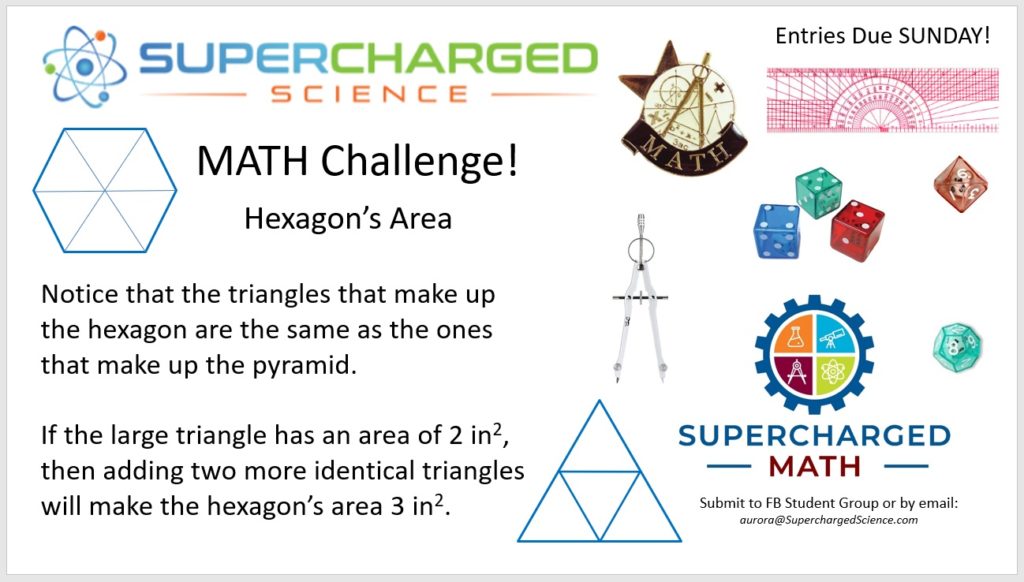[am4show have='p156;p158' guest_error='guest_error_msg' user_error='user_error_msg' ]
Plane Geometry: Similarity
In Geometry, two figures are similar if they have the same shape, regardless of the position or orientation of either one. This means the image you see of yourself in the mirror is similar. The image in the mirror is smaller than the original, yet it has the same proportions as the original.
We use this idea of similarity in engineering and physics to help us measure things that are too large (like trees and mountains) by being able to compare them with objects closer in. Astronomers use similarity to estimate the distance to nearby stars by watching the slight shift stars make compared with background stars. We can find the diameter of the sun by comparing it with the diameter of the moon, even though we could never wrap a measuring tape around either!
Students will finish their workbook in addition to completing the in-depth packet that explores similarity in more detail, several games and activities, and a Lab Challenge project!
Download your Geometry Workbook #3
We're going to begin working through workbook #3 (this is the last workbook in the series).
All levels of students will work through Geometry Workbook #3: Plane Geometry. Plan to complete 2-3 pages per day. After you complete the pages, you may check the answer key.
Geometry Workbook: Plane Geometry
This is the third workbook in geometry. I've put together a set of videos that will walk you through selected problems in this workbook. Plan to complete 2-3 pages per day. After you complete the pages, you may check the answer key.
If you've already finished this workbook, start working on the Packet in the Intermediate section below.
Math Obstacle Course Challenge #6: The Squirrel & the Hunter
During the live class, near the end of the beginner session, we had a special challenge. Stay tuned during class for instructions for the challenge! This is announced at the end of the Math Lesson: Beginner: Day 1 video.
Part 7: Intro to Similarity
Two shapes are similar when their dimensions are equal in ratio, like if you were to double the size of a triangle. The scale factor would be 2, and the two triangles are similar, even though they aren't exactly the same size. We use similar triangles when determining the distance of objects that are too distant to measure easily, like stars at night or determining the height of a tree.
Part 8: Similar Figures
Let's get good at using similar figures to help us solve real-world problems!
Math Review and Unit Test in Plane Geometry
Once you've completed the entire Packet #3, it's time to study up for a test! Make sure you also work through several of the activities to help you work through different scenarios so you are comfortable with all of the math concepts we've covered so far.
Math Project: Fix & Flip Design Challenge!
It's time to play! Let's use our new knowledge of shapes, figures, area and composite shapes to have fun designing rooms in your home!
Math Challenge Project #5: Spacecraft Lab
This is our fifth challenge project! The purpose of these projects is to connect the math work we do in geometry with practical applications in science and engineering. You will need materials if you want to build these projects. These projects are designed to encourage kids to think about the challenge and come up with their on unique solutions!
Materials needed:
- Paper or foam cups (8+)
- Paper or foam plates (5+)
- Index cards (10+), any size
- String or yarn
- Aluminum foil or plastic wrap
- Small plastic figures (2cm), like plastic animals or LEGO minifigures or similar
- Scissors and tape
- Paper clips (10)
- Rubber bands
- Hair dryer
- Kitchen scale (measure mass in grams)
- Thermometer (you’ll be measuring the candy and the outside air temperature once per minute)
- Unwrapped chocolate candy (small or mini size) without nuts (nuts interfere with heat test)
- Bendable plastic straws or similar (watch video to see what you have that will work as a substitute, there’s a lot of wiggle room with this part)
- Choose up to three: construction paper, electrical tape, cotton balls, bubble wrap, spackling compound, foam material (packing peanuts, plates or trays), or cardboard scraps
Math Challenge
Each week I will be assigning a Math Challenge for you to work on! To participate in these, please request to join our private Facebook group so you can post your solutions. If you're stuck and can't seem to make any headway on the weekly Math Challenge, that's ok! You may submit your BEST WORK (not everything! Just pick your favorite that you worked on this week) and that will count as a Math Challenge submission. The goal is to celebrate your student's success each week as they make steady, continuous progress throughout the year.

Solution to Geometry Session #5 Math Challenge
The answer is shown in the image below. How did you do this challenge?


